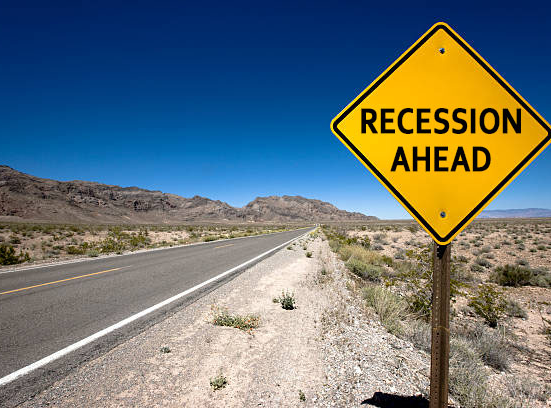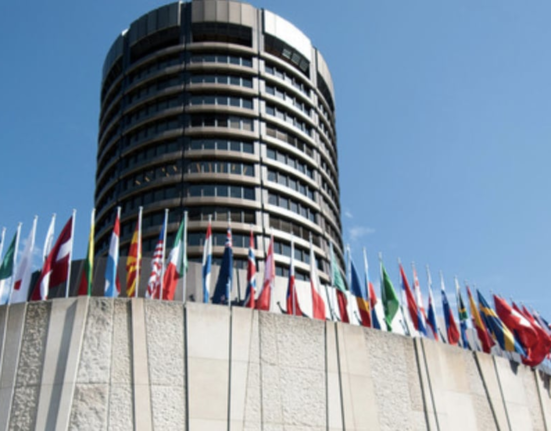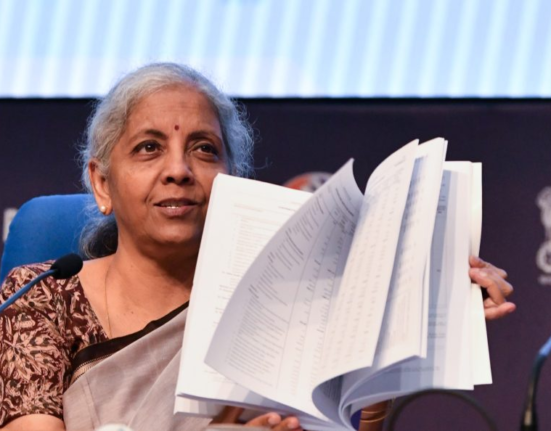Mastercard has unveiled a center in Europe aimed at tackling cyber crime in the region.
The Europe Cyber Resilience Center (ECRC), announced Thursday (May 30), is designed to improve defenses against cyber-threats and act as a hub for “thought leadership in cybersecurity.”
“In today’s hyperconnected world, cybercrime is evolving and so are we,” said Michael Miebach, CEO of Mastercard. “This center will bring together the brightest minds from business, government and other sectors to stay ahead of threats and make the digital world as secure as possible. After all, the work to ensure people can trust that they are safe online doesn’t stop at our four walls — or our firewalls.”
To push back against these threats, the ECRC will work with partners from across the public and private sectors, including national cyber intelligence centers, law enforcement agencies and industry bodies across Europe.
The ECRC includes a fusion center, which the company calls “the heart of organizational incident response,” as well as a digital forensics lab and representatives from more than 20 teams.
The announcement follows last week’s news that had begun using generative AI to more quickly identify compromised credit cards.
“Until now fraudsters may have thought they were operating in obscurity, seeking to launder the card details of millions of unsuspecting victims,” Johan Gerber, Mastercard’s executive vice president for security and cyber innovation, said at the time. “Thanks to our world-leading cyber technology we can now piece together the jigsaw — enhancing trust to banks, their customers and the digital ecosystem as a whole.”
The new technology scans transaction data across billions of cards and millions of merchants faster than “previously imaginable, as put it, informing the company about new and complex fraud patterns, using generative AI-based predictive technology to guard future transactions against emerging threats.
Meanwhile, PYMNTS wrote earlier this week about the growing fraud threat facing smaller merchants in a conversation with Visa Senior Vice President and Global Head of Risk and Identity Solutions James Mirfin and Jotform Head of Information Security Johannes Wiklund.
“As a small business owner, you don’t get up in the morning thinking about fraud and the bad guys — and how they are coming after you,” Mirfin told PYMNTS CEO Karen Webster.
Small businesses are especially vulnerable to attacks, Mirfin and Wiklund said, noting that online forms used by customers can also be exploited by fraudsters, who are adept at populating those forms with things like stolen card credentials and synthetic identities.
What is Mastercard?
Mastercard is a giant in the world of payments . It’s not a bank itself, but rather a payment network that connects banks, businesses, and individuals. Here’s how it works:

- Banks issue Mastercard credit cards, debit cards, and prepaid cards to their customers.
- When you use your to make a purchase at a store or online, the transaction goes through secure network.
- Mastercard authorizes the transaction, making sure you have the funds available (for credit and debit cards) or that the prepaid card has sufficient balance.
- Once approved, transfers the money from your bank to the merchant’s bank.
- makes money by charging fees to the banks that issue their cards. They also offer a variety of other payment services, such as fraud protection and data analytics.
- Here are some of the key things to know about
- It’s the second-largest payment network globally, behind Visa.
- It operates in almost every country in the world.
- You can use your Mastercard for a variety of transactions, including in-store purchases, online shopping, and ATM withdrawals.
I hope this explanation clarifies what Mastercard is and how it works in the world of finance!
How Does mastercard Work ?
Mastercard functions as a behind-the-scenes facilitator in the world of electronic payments, acting as a network between banks, businesses, and you, the cardholder. Here’s a breakdown of how it works:
- The Purchase: You use your to make a payment at a store or online.
- Authorization Request: The merchant’s point-of-sale system captures your card information and sends it securely to their acquiring bank. This bank then sends the request to Mastercard.
- Verification: acts as a middleman, reaching out to your issuing bank (the bank that gave you your Mastercard) for authorization.
- Approval (or Denial): Your issuing bank checks your account to ensure sufficient funds (credit/debit) or balance (prepaid) and sends an approval or denial back to Mastercard.
- Transaction Secured: If approved, sends a green light to the merchant’s bank.
- Fund Transfer: The issuing bank then transfers the authorized amount to the merchant’s bank.
Who Pays the Fees?
itself doesn’t charge you directly for transactions. Instead, they collect fees from the issuing banks based on the transaction volume. Merchants also pay fees to their acquiring banks for accepting payments.
More Than Just Transactions
Mastercard offers a wider range of services beyond just processing payments. These include:
- Fraud Protection: They employ security measures to safeguard transactions from fraudulent activities.
- Data Analysis: Mastercard helps businesses understand customer spending habits through data analysis.
So, the next time you swipe your, remember the complex yet efficient network that ensures a smooth and secure payment experience.
mastercard User Experience?
Mastercard itself doesn’t directly provide a user experience for consumers like you and me. They focus on the infrastructure behind the scenes that enables banks and businesses to offer Mastercard payment options. However, does influence the user experience in a few ways:
Security and Speed: prioritizes secure and fast transactions. Their technology helps minimize fraud and ensure smooth authorization processes, contributing to a positive user experience when using your.
Innovation: Mastercard constantly innovates in payment methods, like contactless payments and digital wallets. These advancements contribute to a more convenient user experience.
Collaboration with Banks: works with issuing banks to ensure their mobile apps and online banking platforms offer a user-friendly experience for managing your account, tracking transactions, and enabling features like travel notifications.
Here’s a breakdown of user experience based on the stage of using a Mastercard:
- Acquiring a Mastercard: The user experience for applying for and receiving a depends on your issuing bank. Mastercard itself doesn’t directly handle this process.
- Using a Mastercard: The user experience at the point of purchase (swiping your card, using a tap-to-pay method, or entering your card information online) should be smooth and secure. focus on security and authorization helps ensure this.
- Managing your Mastercard: This experience depends on your issuing bank’s mobile app or online banking platform. collaborates with banks to encourage user-friendly features for managing your account.
While doesn’t directly control the user experience, their influence on security, innovation, and collaboration with banks contributes to a smoother, faster, and more secure experience for users.
Who Are the Founders of Mastercard
Mastercard wasn’t founded by a single person, but rather by a consortium of banks in the USA in 1966. This group aimed to compete with BankAmericard (now Visa).
While the exact list of founding banks isn’t universally cited, some well-known names mentioned include:
- Wells Fargo
- Bank of America (though they initially joined a competing network and later became part of)
- Other regional banks and bankcard associations
The organization was initially called the Interbank Card Association (ICA). They later adopted the name Master Charge before finally becoming Mastercard in 1979.
When Did Mastercard Launch?
Mastercard’s launch can be traced back to the formation of the Interbank Card Association (ICA) in 1966. This consortium of banks established the foundation for what would become.
It’s important to note that the ICA didn’t launch a branded card initially. They focused on creating a network for member banks to offer credit card services competing with BankAmericard (now Visa). The “Master Charge” name and branding came later, in 1969, and finally the switch to Mastercard happened in 1979.
Is Mastercard Safe?
Mastercard prioritizes security in several ways, but it’s important to understand the shared responsibility between Mastercard, your bank, and yourself:
Mastercard’s Security Measures:
- EMV Chip Technology: Most cards today come with an EMV chip, offering stronger protection against fraudulent copying of your card data compared to magnetic stripes alone.
- Tokenization: can replace your actual card number with a unique token when making online transactions, adding an extra layer of security.
- Real-time Fraud Monitoring: employs advanced systems to analyze transactions for suspicious activity and flag potential fraud attempts.
Your Bank’s Security:
- Zero Liability Protection: Many Mastercard issuers offer Zero Liability protection, which means you’re not held responsible for unauthorized charges you report promptly.
- Additional Authentication: Your bank might require additional verification steps like a PIN or fingerprint scan for certain transactions.
Your Role in Security:
- Safeguarding Card Information: Be cautious about sharing your card details online or over the phone.
- Monitoring Statements: Regularly review your Mastercard statements for any unauthorized charges.
- Reporting Fraud: Promptly report any suspicious activity to your bank.
Overall, Mastercard implements robust security features, but it’s a collaborative effort. By working together with your bank and practicing safe habits, you can significantly reduce the risk of fraud.
Here are some additional points to consider:
- No system is foolproof, so even with security measures, there’s always a potential risk.
- New threats emerge, and Mastercard continuously works to adapt and improve their security protocols.
By staying informed and vigilant, you can contribute to a secure user experience.
Disclaimer ||
The Information provided on this website article does not constitute investment advice,financial advice,trading advice,or any other sort of advice and you should not treat any of the website’s content as such.
Always do your own research! DYOR NFA
Coin Data Cap does not recommend that any cryptocurrency should be bought, sold or held by you, Do Conduct your own due diligence and consult your financial adviser before making any investment decisions!



